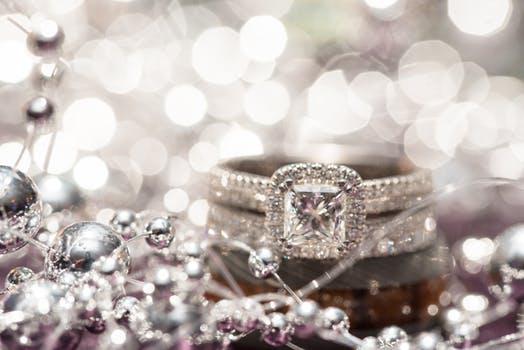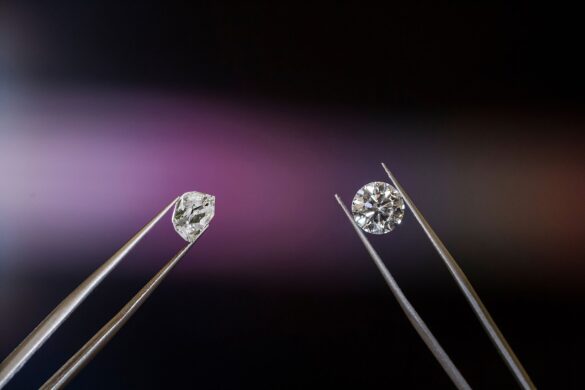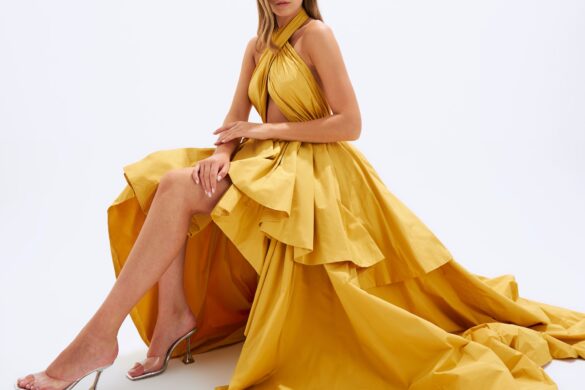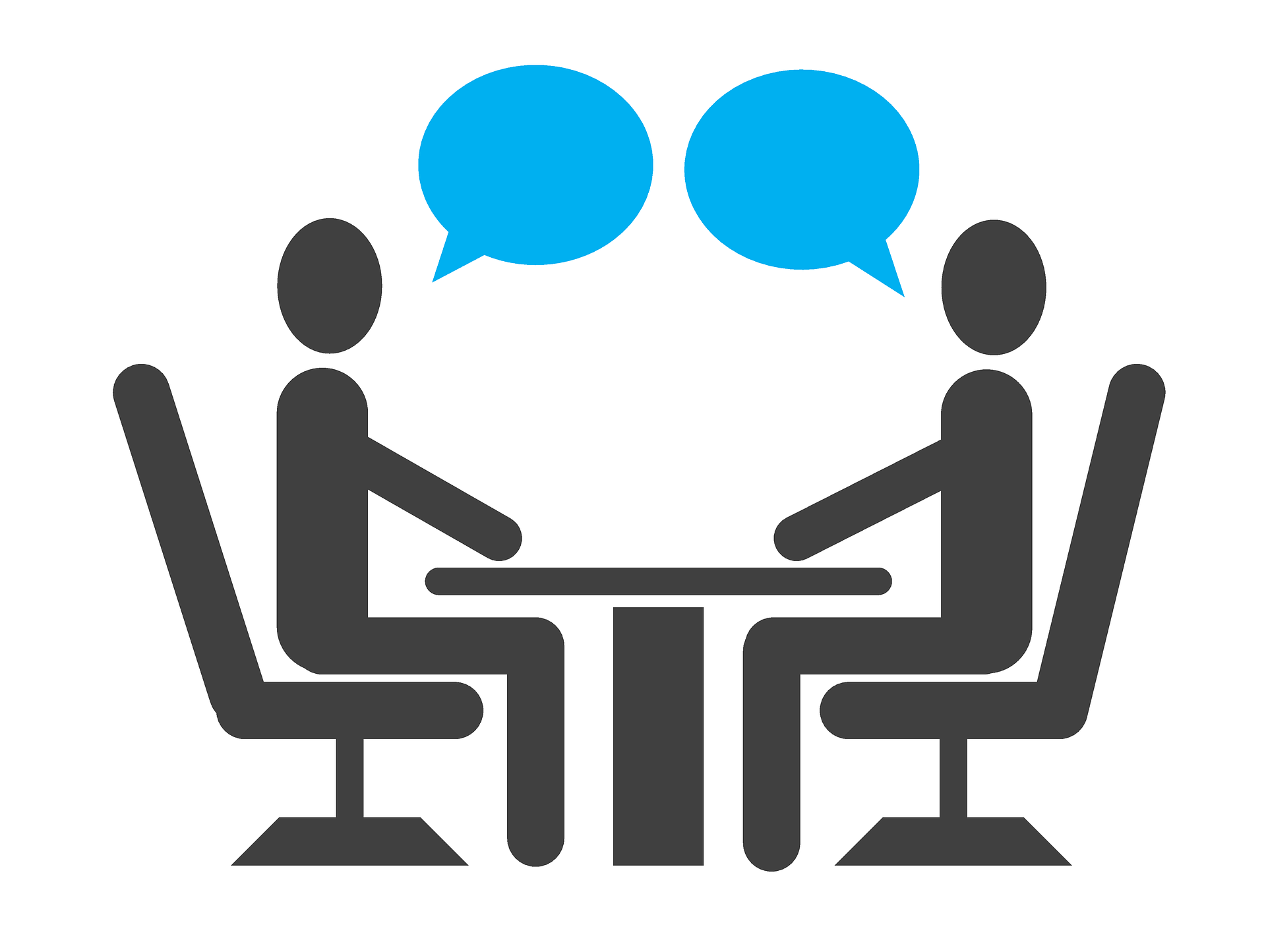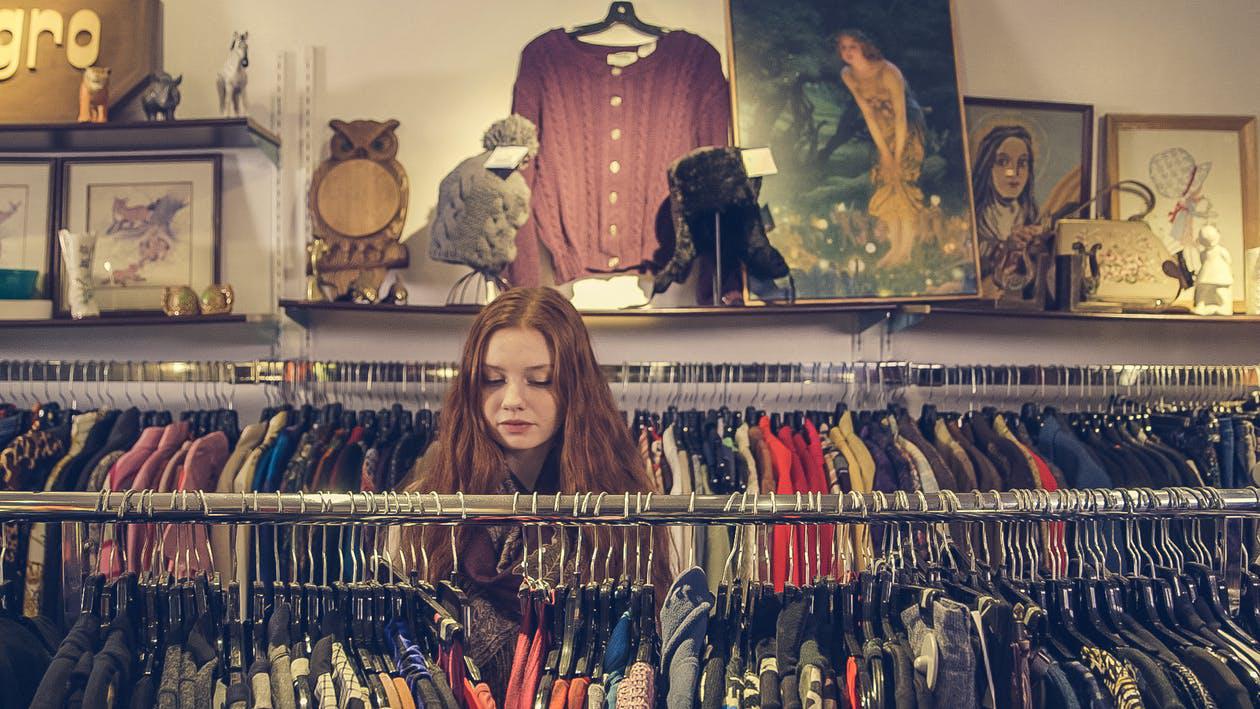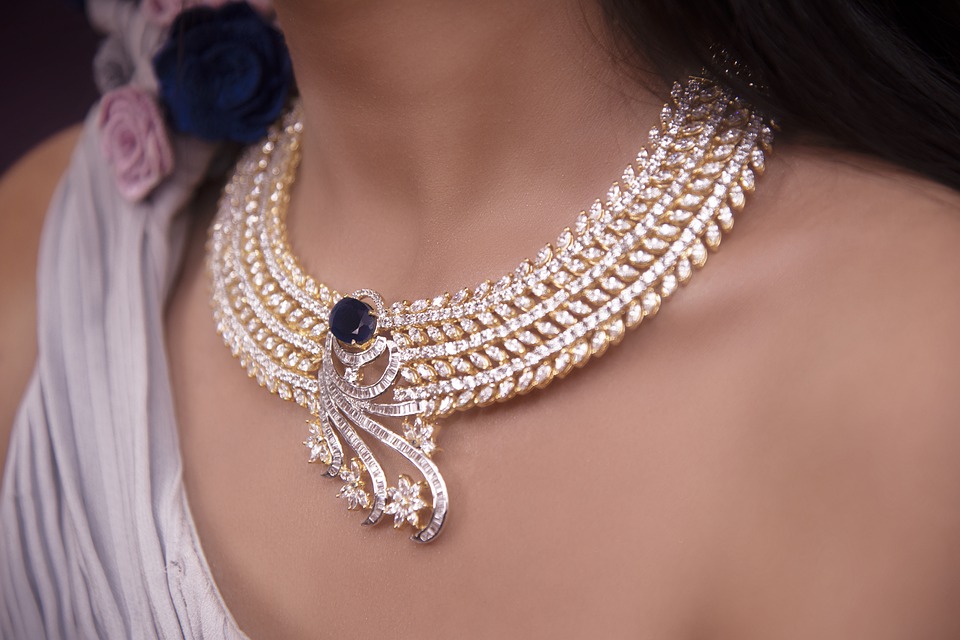
Fashions come and go, but one dress code will always remain and that’s the annoyingly ambiguous smart-casual.
Take a look at any TM Lewin review and you’ll see that there are clothing retailers out there that cater perfectly for the smart-casual look, but until you know exactly what that means, you might be getting the overall vibe slightly wrong. Go too formal and the balance will be off and keep things too chill and, well, that’s not business suitable. The middle ground is where you need to be, and by following these guidelines, you won’t go wrong.
When Did Smart-Casual Come About?
Most people agree that the 1980s is responsible for the rise of this hybrid attire, which gives you a fast insight into commonly worn combinations. Think clean jeans with blazers, tailored trousers with open-neck shirts and, back in the day, a fair number of chinos, too.
Today, smart-casual has taken on a sleeker feel and encompasses almost anything smarter than a tracksuit but less formal than a three-piece suit. Ties do not play a role here, and lace-up shoes – if worn at all – tend to be of a funkier style, with coloured uppers or soles, and typically in a brogue design.
Variations On A Theme
Just to confuse things further, there are different tiers of smart-casual, often guided by a specific event or location. The following generally apply though:
Formal smart-casual – jackets, blazers, collared shirts, smart shoes and no jeans. This is where the chinos come into their own again and offer a comfortable alternative to suit trousers. A good rule of thumb is to look as though you could attend a wedding that doesn’t necessarily call for suits and ties in the more relaxed dress code.
Informal smart-casual – polo shirts (collarless t-shirts are usually considered only as casual wear), clean dark jeans, cardigans, smart shoes and less structured blazers. In recent years, presentable skinny jeans have become a staple of the smart-casual look, frequently being paired with loafers and fitted shirts for a modern take on a moderately formal look.
Mastering The Look
Before you can rock a style, you have to get it right. There are some easy fail-safes to work with:
Balance every piece – If you plan to wear a top, jacket, pair of trousers and shoes, try to use a 1:1 ratio of smart and casual. For example, a blazer over a pressed polo shirt (buttoned up) with clean dark jeans and polished loafers. Or, how about an open-neck smart shirt paired with a cardigan, chinos and slip-on shoes?
Adding one too many of either smart or casual pieces will tip the scale immediately, and if you’re having trouble knowing where to start, remember that your shoes will usually be smart, so start from the bottom and work your way up.
Adjust your attitude – The way you hold yourself makes a big difference to the overall impact of your look. Slouching in a suit looks scruffy, no matter how on-point your tailoring is, so focus on posture, take time over your grooming and inject a little authority into your aesthetic.
Play with colour – Darker shades have a knack for looking naturally smarter than lighter ones, so you can use this as part of your balancing act. Dark jeans, for example, work well with a crisp white shirt. Add in a mid-brown shoe and you have smart-casual harmony instantly. It’s worth bearing in mind that choosing a navy-blue piece of formal clothing, rather than black, automatically relaxes the vibe slightly.
Get textural – Different fabrics work in the same way as colours, with certain finishes exuding a smarter essence. Smooth, almost shiny materials err on the side of formal wear, with matt and soft-touch options such as flannel being far more laid back.
Rocking The Look
Now you know the basics, let’s talk about rocking the smart-casual look. Guidelines are great but they are just that – a guide – and you need to be able to translate them into workable outfits you’ll be comfortable in and happy to wear.
It’s a good idea to start by combining pieces of clothing you already own, not least because it’s a sustainable way to enjoy fashion. You also know you like them and that they fit, but you might not have put them together in a smart-casual way before. Now’s the time to start experimenting. A trusty suit jacket, worn with a shirt and some dark jeans will work perfectly for any occasion, including work. Similarly, a fine gauge knit with smart trousers and loafers will relax your look without taking you too far into the realms of casual attire.
The best weapon in your arsenal when it comes to rocking the smart-casual look is confidence. It’s not a cliché to say it, because it’s true. Ditching the tie doesn’t mean you have to take your persona down a notch as well.
Golden Rules To Remember
Here are some quick points to refer back to, if you are still unsure about your smart-casual credentials:
- A blazer or smart jacket is a fail-safe that will balance most outfits.
- Tops without collars are always casual.
- Ties are not needed and anything even vaguely resembling a cravat should be ignored!
- Adding patterns ups the casual factor, apart from ever-formal pinstripes.
- Fitted shapes add structure and a smarter vibe.
- Avoid slogan tops and large logos. They rarely look elegant and are best kept for the pub.
- Sweatpants and cargo trousers are a no, as are hooded sweatshirts.
- Keep jewellery to a minimum.
- Step away from the patterned socks. They aren’t fun.
Key Pieces To Have In Your Wardrobe
Finally, have the following to hand and you’ll always be able to pull together a smart-casual outfit:
- A well-fitting blazer
- Oxford shirts in a few different colours
- Dark jeans (not distressed)
- Lace up brogues and slip-on loafers
- A fine knit cardigan
The smart-casual look has become an everyday staple, despite the apparent lack of definitive rules. Concentrate on balancing your individual elements and wearing your complete outfit with the same confidence that you would a tailored suit, and you won’t go wrong.
